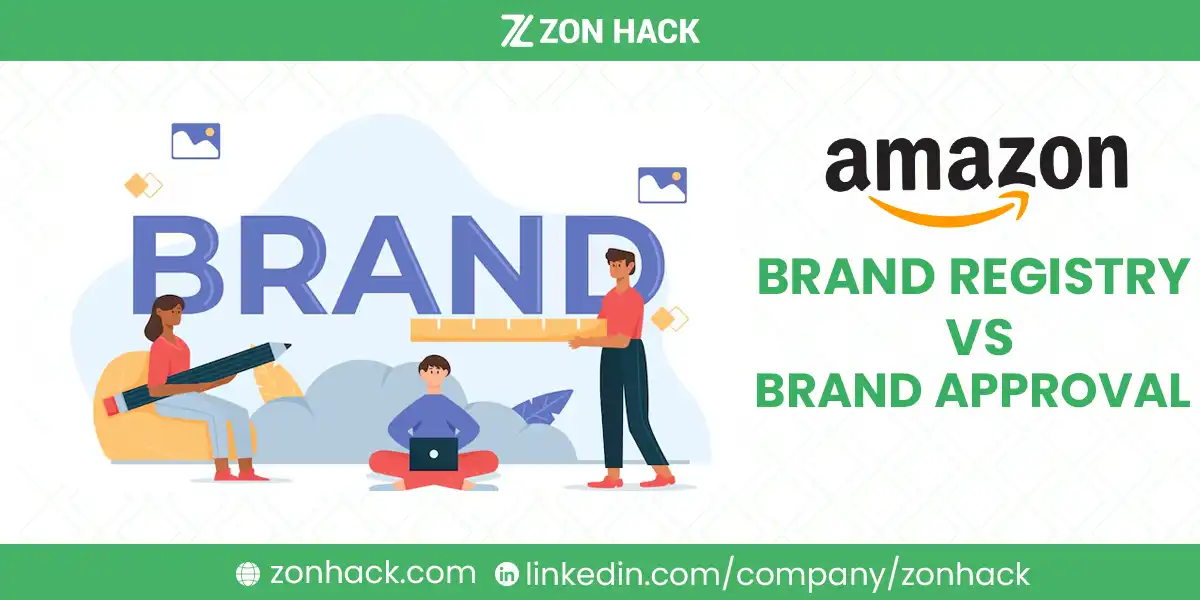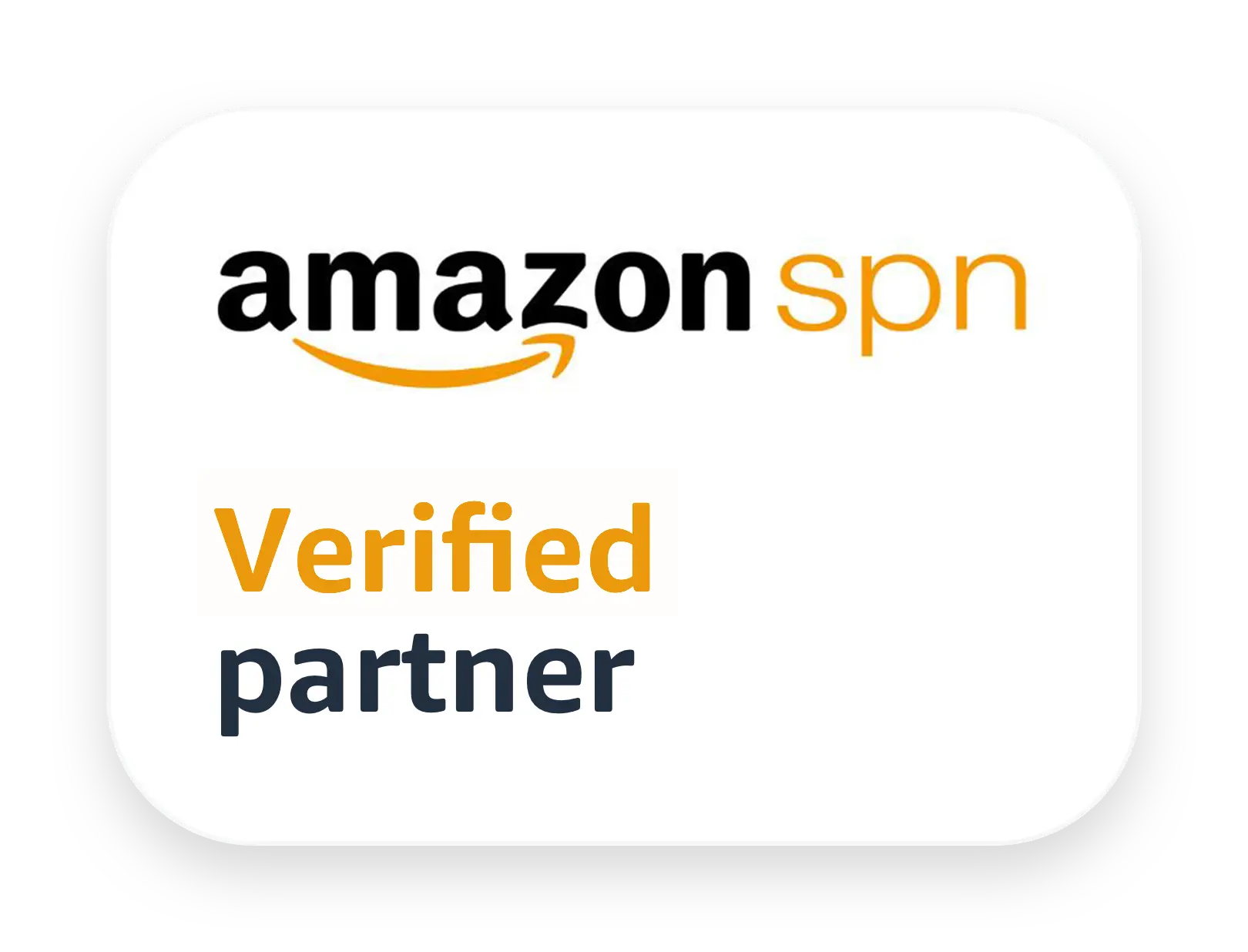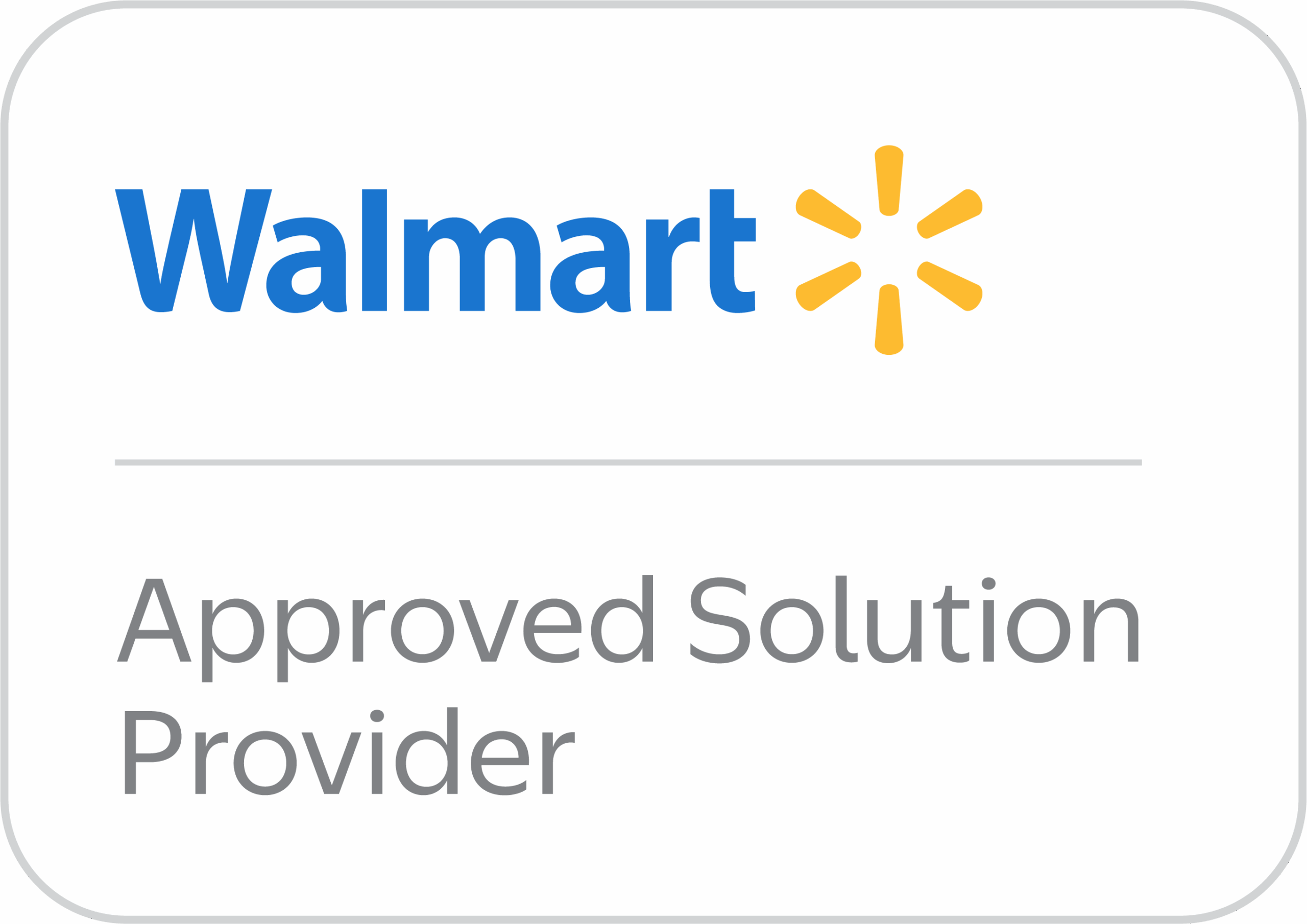Brand Registry offers legal protection for brand owners with a registered trademark, while Brand Approval allows sellers to sell third-party brands after meeting platform-specific requirements. Brand Registry is for brand protection, and Brand Approval ensures sellers adhere to quality standards. Understanding the key differences will help you decide the right fit for your business. So let’s get into it.
What is Amazon Brand Registry?
Amazon Brand Registry is a comprehensive program designed to give brand owners more control over their product listings and brand representation on the platform. Launched in 2017, this program has become a cornerstone of brand protection on Amazon.
How does Brand Registry work?
Brand Registry allows trademark owners to submit their intellectual property to Amazon, creating a powerful shield against counterfeiters and unauthorized sellers. Once registered, brands gain access to a suite of tools that enhance their ability to manage product listings, combat infringement, and leverage advanced marketing features.
What are the eligibility requirements for Brand Registry?
To qualify for Brand Registry, sellers must meet the following criteria:
- Own an active registered trademark in each country where they wish to enroll
- The trademark must be in the form of a text-based mark or an image-based mark with words, letters, or numbers
- The trademark status must be “registered” and appear in Amazon’s list of eligible trademark offices
It’s worth noting that the trademark application process can take several months, sometimes up to a year, depending on the country and specific circumstances.
What benefits does Brand Registry offer?
Brand Registry provides a host of advantages, including:
- Enhanced brand protection: Proactive measures to prevent intellectual property violations
- Advanced marketing tools: Access to A+ Content, Amazon Stores, and Sponsored Brands advertising
- Improved product listing control: Greater authority over product detail pages and the ability to merge duplicate listings
- Brand Analytics: Valuable insights into customer search and purchase behavior
According to Amazon, brands enrolled in Brand Registry report a 99% reduction in suspected infringements compared to before enrollment. This statistic underscores the program’s effectiveness in safeguarding brand integrity.
What is Amazon Brand Approval?
Amazon Brand Approval, on the other hand, is a process required for selling certain products or in specific categories on the platform. It’s a gatekeeper that ensures only authorized sellers can list items in restricted categories or sell particular brands.
Which categories require Brand Approval?
Some categories that typically require Brand Approval include:
- Jewelry
- Watches
- Certain automotive parts
- Some clothing and accessories brands
The list of restricted categories can change, so it’s essential for sellers to stay updated on Amazon’s policies.
How does the Brand Approval process work?
To obtain Brand Approval, sellers generally need to:
- Provide invoices from manufacturers or authorized distributors
- Submit images of product packaging and labels
- Demonstrate authenticity and proper sourcing of products
The approval process can take anywhere from a few days to several weeks, depending on the category and the completeness of the application.
How Do Brand Registry and Brand Approval Differ?
While both programs aim to protect brands and maintain product quality on Amazon, they differ in several key aspects:
- Ownership vs Permission
The primary difference between Brand Registry and Brand Approval lies in ownership vs permission. Brand Registry is for brand owners looking to protect their intellectual property, while Brand Approval is for resellers looking to sell third-party brands.
- Brand Registry focuses on legal protection and helps enforce counterfeit protection through tools that allow businesses to monitor and manage their listings.
- By contrast, Brand Approval is about gaining permission to sell restricted products and meeting quality control standards.
2. Governing Body
Another key difference is the governing body. Brand Registry typically involves agencies like the USPTO (United States) or UKIPO (United Kingdom), whereas Brand Approval is handled directly by the marketplace (e.g., Amazon).
3. Registration Process
In terms of the process, Brand Registry requires registering your trademark and submitting it for approval, which can be lengthy and complex. On the other hand, Brand Approval is about ensuring that your business meets the criteria set by the marketplace, which may be quicker but involves more frequent rejections due to documentation issues.
4. Benefit Distinctions
The benefits are distinct too: Brand Registry gives you exclusive rights, access to brand tools, and the ability to control product listings. Brand Approval allows sellers to access high-demand brands and restricted categories, potentially increasing sales.
Here’s a comparison to make it more clear:
| Feature | Brand Registry | Brand Approval |
| Purpose | Legal protection for brand owners | Permission to sell restricted brands |
| Governing Body | Trademark offices (e.g., USPTO) | Marketplace (e.g., Amazon) |
| Process | Trademark registration, legal docs | Application, brand verification |
| Eligibility | Requires a registered trademark | Requires proof of brand authorization |
| Benefits | Brand protection, enhanced marketing tools | Access to sell high-demand brands |
Which Should You Choose: Brand Registry or Brand Approval?
If you are a brand owner with a unique product line and want to protect your brand from counterfeiters and unauthorized sellers, then Brand Registry is the right choice. It ensures that your brand’s reputation is safeguarded and provides legal recourse if someone tries to infringe on your trademark.
On the other hand, if you are a reseller or want to sell high-demand brands that are restricted or gated on platforms like Amazon, then Brand Approval is the way to go. While you won’t own the brand, you gain the ability to sell popular products with an established customer base.
In some cases, businesses may benefit from both. For instance, a seller with their own brand can apply for Brand Registry for their in-house products while seeking Brand Approval for reselling restricted third-party brands.
Can You Use Both Brand Registry and Brand Approval?
Yes, it is possible to use both Brand Registry and Brand Approval simultaneously. For example, if you own a private-label brand, you may want to register your brand for legal protection while also selling third-party brands that require approval. This is common in businesses that sell a mix of private-label and branded products.
How do these Programs Impact Seller Success?
Both Brand Registry and Brand Approval enhance a seller’s credibility and trustworthiness on Amazon. Brand Registry participants often see a 99% reduction in infringement issues, and over 78% of sellers report increased sales within six months of enrolling. Meanwhile, Brand Approval can limit competition in restricted categories, offering higher visibility and control over listings.
What Challenges Do Sellers Face with These Programs?
While beneficial, both programs come with their own set of challenges:
- Trademark acquisition: The process of obtaining a trademark for Brand Registry can be time-consuming and costly.
- Approval delays: Some sellers report long wait times for Brand Approval in certain categories.
- Maintaining compliance: Both programs require ongoing adherence to Amazon’s policies, which can be complex and subject to change.
To mitigate this, consider applying for a trademark early, ideally before launching your products. For Brand Approval, the main challenge is often providing the right documentation. Ensure you have complete invoices, proof of authorization, and any other required documents before applying to avoid rejections.
Frequently Asked Questions
Can I enroll in Brand Registry without a trademark?
No, an active registered trademark or at least a pending registration application is required for Brand Registry enrollment.
Does Brand Approval guarantee I can sell any product in an approved category?
Not necessarily. Some products within approved categories may still require additional permissions.
How long does Brand Registry enrollment take?
Once you have a registered trademark, the Brand Registry process typically takes 2-10 business days.
Can international sellers use Brand Registry and Brand Approval?
Yes, but trademark requirements and approval processes may vary by country.
Is there a fee for Brand Registry or Brand Approval?
Brand Registry is free, but trademark registration costs vary. Brand Approval is generally free, but some categories may have associated fees.
Summary
In sumary, deciding between Brand Registry and Brand Approval depends on your business goals. If you’re building and protecting your brand, go with Brand Registry. If you’re expanding your product offerings with established brands, seek Brand Approval. Each offers a unique set of advantages to help you grow your business while ensuring compliance with marketplace rules.




